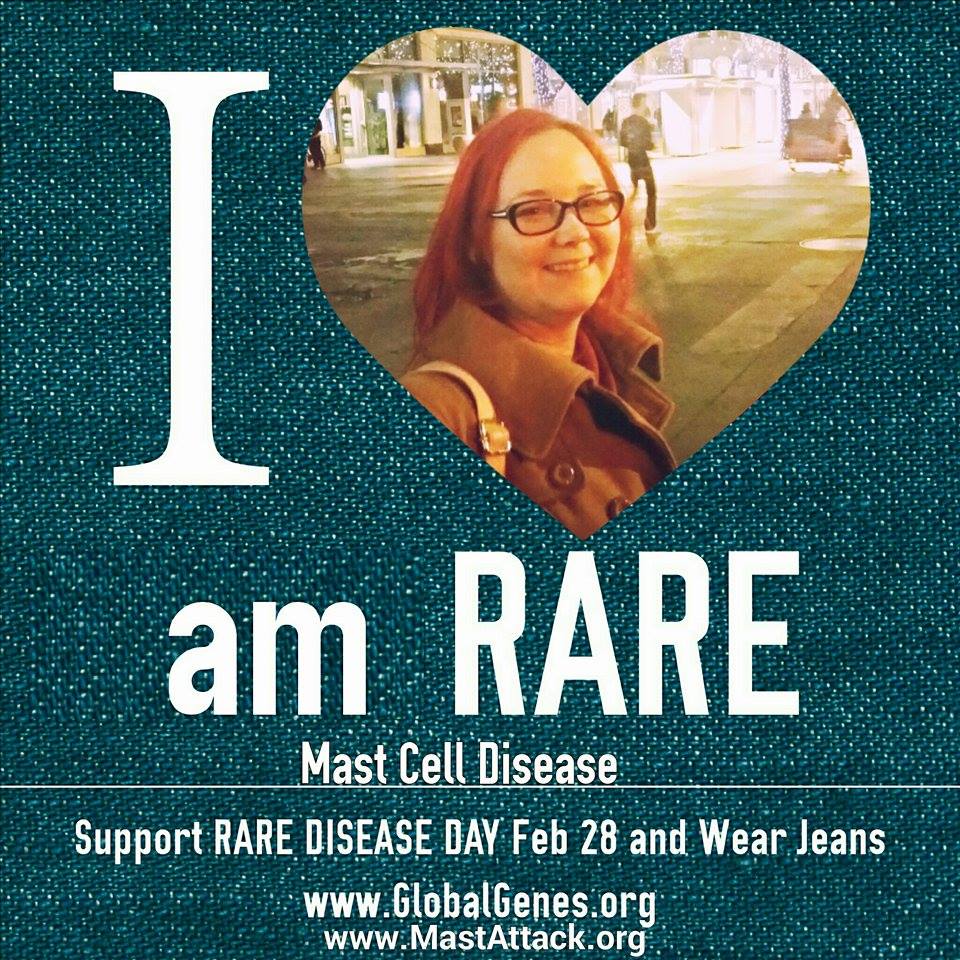The MastAttack 107: The Layperson’s Guide to Understanding Mast Cell Diseases, Part 81
94. How are mast cells involved in cancer?
- Mast cells are very involved in cancer biology. They are frequently found in tumors. Tumors can trick mast cells into doing things they need to stay alive, like make blood vessels to supply the tumor with blood, and tissue remodeling, to push aside the healthy tissue and make room for the tumor.
- Cancer is mast cell activating. All cancers. This is because cancers often trick the body into doing things that help the cancer and not the body, like I just described above. Having cancer frequently causes allergy symptoms because of mast cell activation.
- Cancer can also cause the body to make more mast cells than normal, a condition called mast cell hyperplasia. This can happen because the body is trying to fight off the cancer with more immune cells or because it has been tricked by the cancer to make more mast cells to help the cancer.
- Please note that mast cell hyperplasia is NOT the same as mastocytosis. Mast cell hyperplasia is too many healthy mast cells that function normally. Mastocytosis is too many aberrant mast cells that do not function normally. Cancer does not cause mastocytosis.
- Long term inflammation increases future risk of cancer at the site of inflammation. This applies almost universally. Mast cells participate significantly in inflammation so they can contribute to the risk of cancer. For example, patients with long term colon inflammation, which may be caused by mast cells, are at increased risk of colon cancer.
- Patients with mastocytosis have increased risk of developing cancer, especially those with systemic mastocytosis. As many as 40% of patients with systemic mastocytosis develop another blood disorder with too many broken cells. Frequently, the other blood disorder is a blood cancer like chronic myelogenous leukemia.
- It is not yet known if mast cell activation carries an increased risk of developing cancer.
- Two forms of systemic mastocytosis are cancerous, mast cell leukemia and mast cell sarcoma. These are both extremely rare and it is extremely rare for a person with a history of mast cell disease to develop either of these conditions.
For further reading, please visit the following post:
The MastAttack 107: The Layperson’s Guide to Understanding Mast Cell Diseases, Part 48
Mast cells in the GI tract: How many is too many? (Part Three)
